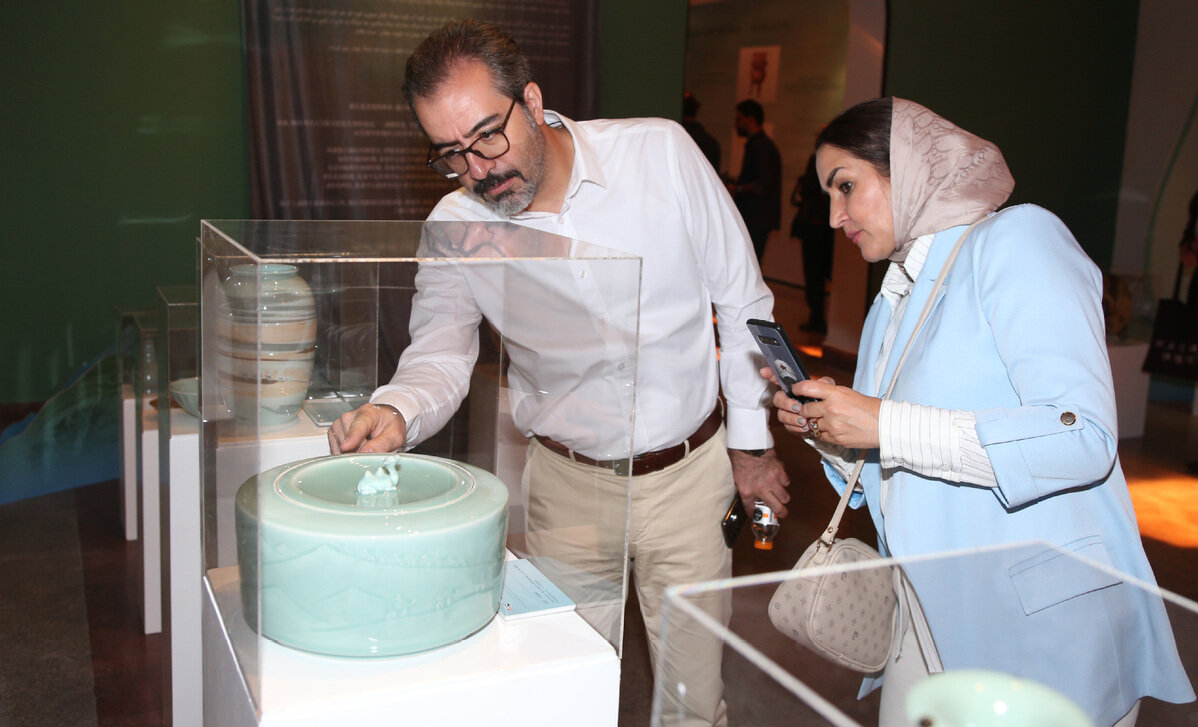Tehran exhibit features celadon ware from China’s Zhejiang

TEHRAN – A collection of cultural material from China’s Zhejiang, with arrays of celadon ware among the highlights, has been put on show in Tehran.
The event is jointly organized by the Chinese Embassy in Tehran, Zhejiang Provincial Department of Culture and Tourism and the Iranian Academy of Arts.
On October 30, in remarks at the opening ceremony of the event, China’s Vice Minister of Culture and Tourism Lu Yingchuan said, “looking back at history, China and Iran met and knew each other and learned from one another through the ancient Silk Road.”
Cooperation between China and Iran throughout history had led to the creation of superb artworks, the official said.
Moreover, cultural exchanges and collaborations between the two countries had witnessed significant growth in recent years, Lu said.
Another speaker at the ceremony, Majid Shah-Hosseini, who presides over the Iranian Academy of Arts, stressed the longstanding friendship as well as cultural and artistic relations between the two ancient civilizations, which have been reflected in the artworks of the two countries’ artists since a long time ago.
Iran’s deputy tourism minister Ali-Asghar Shalbafian and Chinese Ambassador to Iran Chang Hua also attended the event.
In the ceremony, troupes of Iranian and Chinese musicians performed music pieces, some of which were played on celadon wares.
What is celadon ware?
The term ‘celadon ware’, also known as green ware, refers to a type of ceramic with a soft grey-green-colored glaze. The effect is achieved by applying an iron-rich liquefied clay ‘slip’ to the ceramic before it is fired in a kiln. During the heating process, the iron oxidizes to leave a delicate and lustrous green coating.
Despite its later European name, the celadon glaze technique originated in China during the Shang (1600-1046 BC) and Zhou (1046-256 BC) dynasties when potters began experimenting with glaze recipes.
Today, evidence of the first ‘true’ celadon ware, when production of the glazes was standardized, comes in the form of excavated shards of celadon ware from the Siqianyao kiln site in Shangyu county, Zhejiang province. These date from the time of the Eastern Han dynasty (25-220).
AFM
Leave a Comment